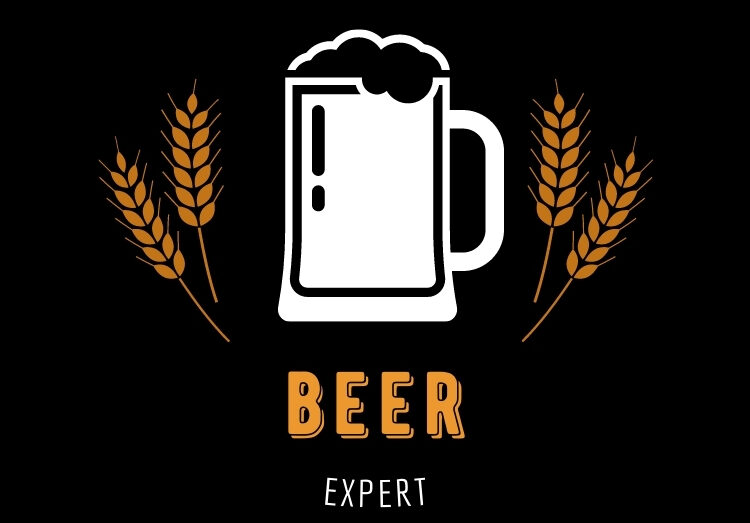Once the most popular beer in the British Isles, the English mild fell dramatically out of favour in the 1960s, but its fortunes are on the rise again.
Conflicting Emotions
As recent as the 1960s “a pint of mild” would have been one of the most popular requests at bars up and down Britain, but a catastrophic plunge in popularity saw the beer almost disappear from pumps completely. Following decades of near extinction, mild is now enjoying a modest revival thanks to the enthusiasm and historical reverence shown to old beer styles by the UK’s thriving new microbrewery culture. But why is it such a mild-mannered beer has provoked such strongly conflicting emotions over the years?
Mild in Character but not Strength
Although you will find numerous variations in terms of colour and flavours amongst the reported 200 milds being brewed today, traditionally mild is a sweet, malty and refreshing beverage that is dark in colour but light in body and hoppiness. As a relatively low alcohol beer of typically between 3 and 3.6 per cent by volume, many to assume that mild is so named because it is mild in both strength and character, but traditionally it was anything but mild in potency. During its heyday in 19th century the gravity of mild varied from between 1.055 to 1.072 (around 5.5% to 7%).
Rather than strength, the term mild was in fact originally coined to distinguish young, easy-going ‘unaged’ beer from the ‘stale’ aged beer, with its hoppy bitterness, that was dominant when mild first made an appearance. The name mild derives from the Old English ‘milde’ meaning young or immature.
Beer for the Industrial Age
Its growth in popularity coincided with the rise of the industrial revolution in the 19th century – and for good reason. After whole days spent toiling in oppressive and crowded factories, workers didn’t want the bitter and roasted flavours of the porters and stouts that were prevalent at the time but rather a refreshing beverage to ease their aching minds and bodies. What’s more, feeling drained, they wanted a beer with unfermented sugars to replace the lost energy.
Brewers proved only too happy to cater to their needs by producing mild because, unlike porter and stout, it was quick and cheap to produce and consequently highly profitable. Pale ale may be cited as Britain’s great beer of the 19th century but as a comparatively expensive drink it was favoured by the more well off middles classes. Cheap mild, on the other hand, was the beer of the working man.
Baby Boomers and Industrial Decline
But as a beer that catered so specifically to the needs of the worker of the industrial age it was perhaps not surprising that its popularity would start to dwindle as the nation’s industries began to crumble in the second half of the 20th century.
Compounding this was the baby boomer era that followed World War 2, which introduced a whole new generation that consciously broke with the past, rejecting traditional values and carving out their own distinct social and cultural identities. By the 1960s, when the baby boomers started hitting the pubs and pub-going was being rebranded as a more modern, upmarket and inclusive pursuit in an attempt offset brewing industry decline, mild typified the staid old world of dingy male domains filled with old men in flat caps, and as such the beer became deeply unfashionable.
It didn’t help that mild had by that time evolved into a beer that was mild in strength as well as character. Draconian measures imposed on the brewing industry during the First World War saw mild, the biggest selling beer, suffering a huge cut in gravity due to breweries having to limit the average OG of their beer to 1.030.
A Mild Return
Although it suffered a catastrophic blow in popularity mild didn’t die out altogether. It managed to maintain a low profile in its traditional heartlands: the industrial hubs of the Black Country, the North-west and south Wales.
It also survived by assuming different identities. Reluctant to cease production of their quality products merely due to passing trends, some brewers took the less rash measure of just rebranding their mild beers. Bank’s staved off unfashionable associations by renaming their mild ‘Original’ and AK light mild was rebranded as a traditional bitter – albeit misleadingly.
Today, brewers have started reverting back to calling rebranded milds by their original name. This is a sure sign that mild’s long period out in the cold is at an end and drinkers are once again happy to order “a pint of mild”.
